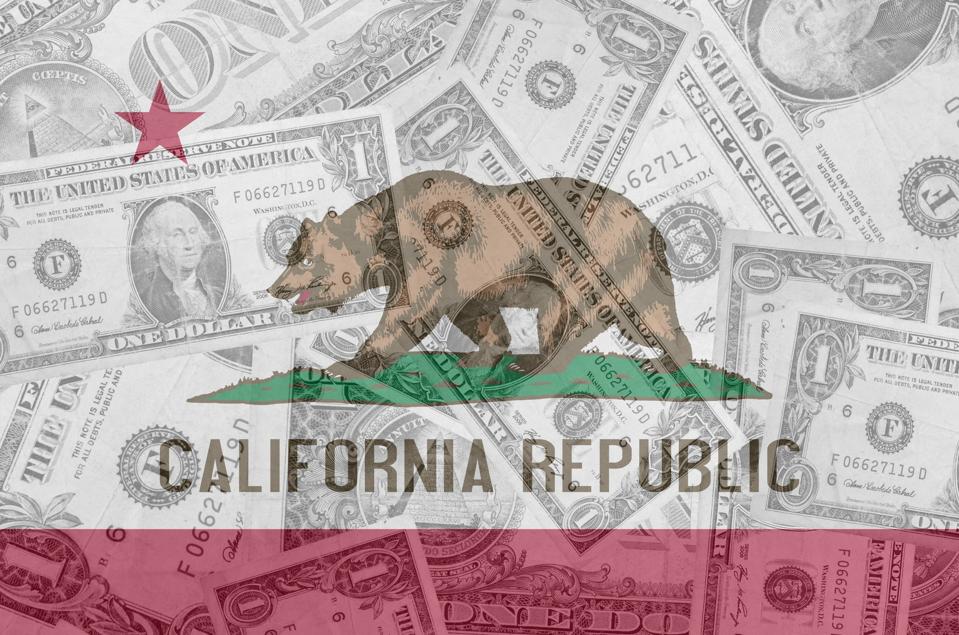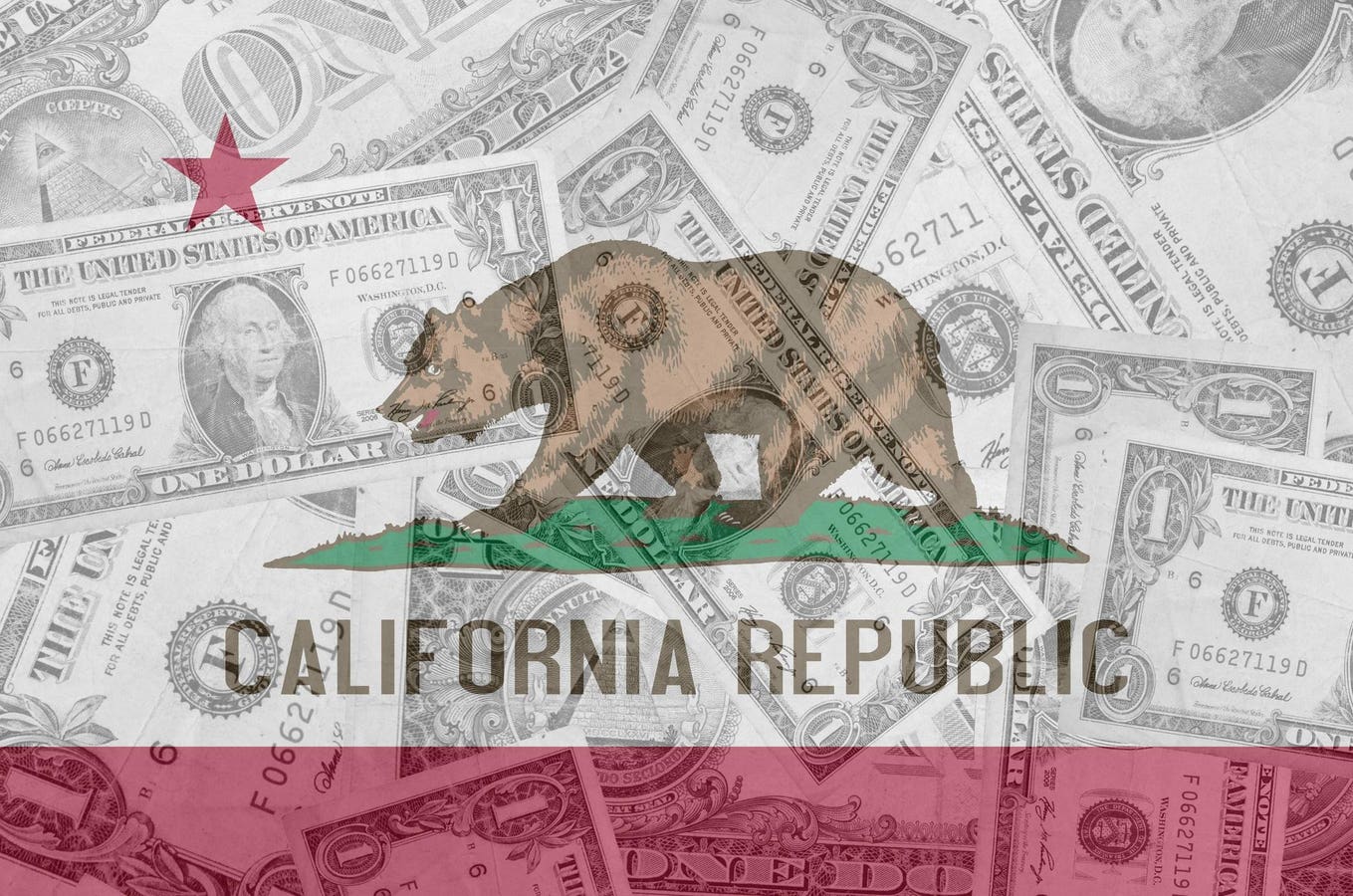
California’s latest pay equity laws mark a shift from procedural compliance to strategic accountability in how employers approach compensation. With SB 642 and SB 464, the message is clear: transparency isn’t optional, and accountability is here to stay.
getty
California has long been a national leader in advancing pay equity and wage transparency. From banning salary history inquiries to requiring public pay scale disclosures, the state continues to push employers toward greater accountability. This fall, Governor Gavin Newsom signed two new bills into law, Senate Bill 642 and Senate Bill 464, that expand existing pay transparency and pay data reporting requirements. Together, the bills tighten employer obligations and reinforce the state’s commitment to eliminating pay disparities across gender, race, and ethnicity.
California’s approach to pay equity is evolving. With that comes new compliance challenges for employers.
Strengthening Pay Transparency: SB 642
California’s pay transparency law already requires employers with 15 or more employees to include pay scales in job postings and to provide pay ranges upon request to current employees and applicants. Senate Bill 642, effective January 1, 2026, builds on that foundation by clarifying definitions, extending enforcement timeframes, and aligning California’s Equal Pay Act with evolving standards of gender inclusivity and compensation fairness.
A Narrower, Good Faith Pay Scale Standard
The amended law defines “pay scale” as a good faith estimate of the salary or hourly wage range that the employer reasonably expects to pay for the position upon hire. The inclusion of “upon hire” narrows the range employers may post, requiring that advertised pay scales reflect realistic offers rather than long-term pay progression or aspirational ranges. This change underscores the need for coordination among recruiting, compensation, and compliance teams to ensure that posted ranges match actual hiring practices.
Importantly, the law does not require employers to include non‑salary forms of compensation, such as bonuses, commissions, equity awards, or other benefits, in posted pay ranges. However, these forms of compensation are now explicitly included in the Equal Pay Act’s definition of “wages,” which broadens the scope of potential liability for unequal pay claims.
Inclusive Terminology in Wage Discrimination Law
Existing law prohibits wage disparities based on race, ethnicity, or “opposite sex” for substantially similar work. SB 642 replaces “opposite sex” with “another sex,” aligning the law with inclusive gender terminology and modern workplace realities. While largely linguistic, this update reflects California’s continued effort to ensure that statutory protections keep pace with how employees identify.
Expanded Timeframes and Claim Accrual Rules
Previously, employees had two years (or three years for willful violations) to file claims under the state’s Equal Pay Act. SB 642 extends the limitations period to three years for all violations and allows employees to seek recovery for up to six years of underpayment. This expanded window significantly increases exposure for employers, particularly those with historical pay disparities or incomplete documentation.
The law also clarifies that a claim accrues when any of the following occur:
An unlawful compensation decision or practice is adopted;An employee becomes subject to that decision or practice; orThe employee is affected by the decision or practice, including each time wages, benefits, or other compensation are paid as a result.
SB 642 also codifies the “pay equity clock,” clarifying that a cause of action resets with each instance of payment based on an unlawful compensation decision. In other words, the statute of limitations may restart every payday, so long as the pay disparity remains uncorrected.
Expanding Pay Data Reporting: SB 464
Since 2021, California has required private employers with 100 or more employees to submit annual pay data reports to the Civil Rights Department. These reports must include employee counts by job category, race, ethnicity, and sex; pay bands; and hours worked. Senate Bill 464 strengthens this framework by expanding job categories, requiring stricter data practices, and removing discretion from enforcement.
The law phases in two major changes. Beginning in 2026, employers will face mandatory penalties for noncompliance and must store demographic data separately from personnel records. In 2027, employers must adopt a new job categorization structure that more than doubles the number of categories.
Job Categories Expand from 10 to 23
Beginning January 1, 2027, the number of job categories employers must report will more than double, from 10 to 23, marking a significant shift away from the EEO-1 style framework. The new structure aligns with the Standard Occupational Classification (SOC) system used by the U.S. Bureau of Labor Statistics, and includes detailed occupational classifications, such as separate categories for healthcare practitioners, education, legal occupations, media, and maintenance roles.
The move to SOC-aligned categories reflects California’s intent to generate more meaningful pay equity data by reporting at a finer occupational level.
Separate Storage of Demographic Data
Employers and labor contractors must collect and store demographic information, such as race, ethnicity, and sex, separately from personnel records. This provision helps ensure that sensitive data used for reporting is segregated from employment decision-making files, supporting privacy protections and reducing the risk of unintended bias.
Mandatory Civil Penalties for Non-Compliance
Previously, courts could impose penalties when employers failed to submit pay data reports but retained discretion in enforcement. SB 464 eliminates that discretion. Starting in 2026, courts must impose civil penalties if the Civil Rights Department requests them: $100 per employee for an initial violation and $200 per employee for each subsequent violation. These amounts can quickly escalate. A company with 500 employees that fails to file could face $50,000 to $100,000 in fines.
The bill also clarifies that if a labor contractor fails to provide data, courts may apportion penalties to the contractor.
These provisions reinforce the state’s intent to treat pay data reporting as a central enforcement tool, not just a regulatory formality. Reports submitted in 2026 (due by May 12, the second Wednesday of May) will be the first subject to these mandatory penalties and data handling requirements.
Future Regulatory Guidance May Follow
In parallel with SB 464’s passage, the California Civil Rights Council has voted to form a subcommittee on pay data reporting to review forthcoming regulations. The subcommittee is expected to clarify key terms and address employer requests for implementation guidance. While SB 464 lays the statutory foundation, this regulatory activity may influence how reporting obligations evolve in practice.
A Converging Landscape of Transparency and Accountability
While SB 642 and SB 464 address different parts of California’s pay equity framework, their goals align. One demands proactive transparency at the point of hire, and the other builds retrospective accountability through data collection and enforcement. Both require employers to revisit their internal policies, documentation, and compliance readiness.
For companies operating in California, that means:
Ensuring pay scales included in job postings reflect realistic, good faith expectationsMaintaining detailed wage and job title records for at least three years after employment endsCreating separate storage systems for demographic data collected for reporting purposesPreparing for expanded pay data categorization requirements in 2027Evaluating whether legacy compensation decisions could expose the company to six years of liability
Multi-state employers should pay close attention. California’s approach continues to influence legislative trends across the country, especially in jurisdictions looking to advance pay equity through both transparency and enforcement.
Parting Thoughts
California’s latest pay equity laws mark a shift from procedural compliance to strategic accountability in how employers approach compensation. With SB 642 and SB 464, the message is clear: transparency isn’t optional, and accountability is here to stay.
Employers should act now to assess internal systems, close data gaps, and align hiring and compensation practices with California’s evolving standards. Waiting until enforcement ramps up may prove costly not just in penalties, but in reputation harm and diminished employee trust.

